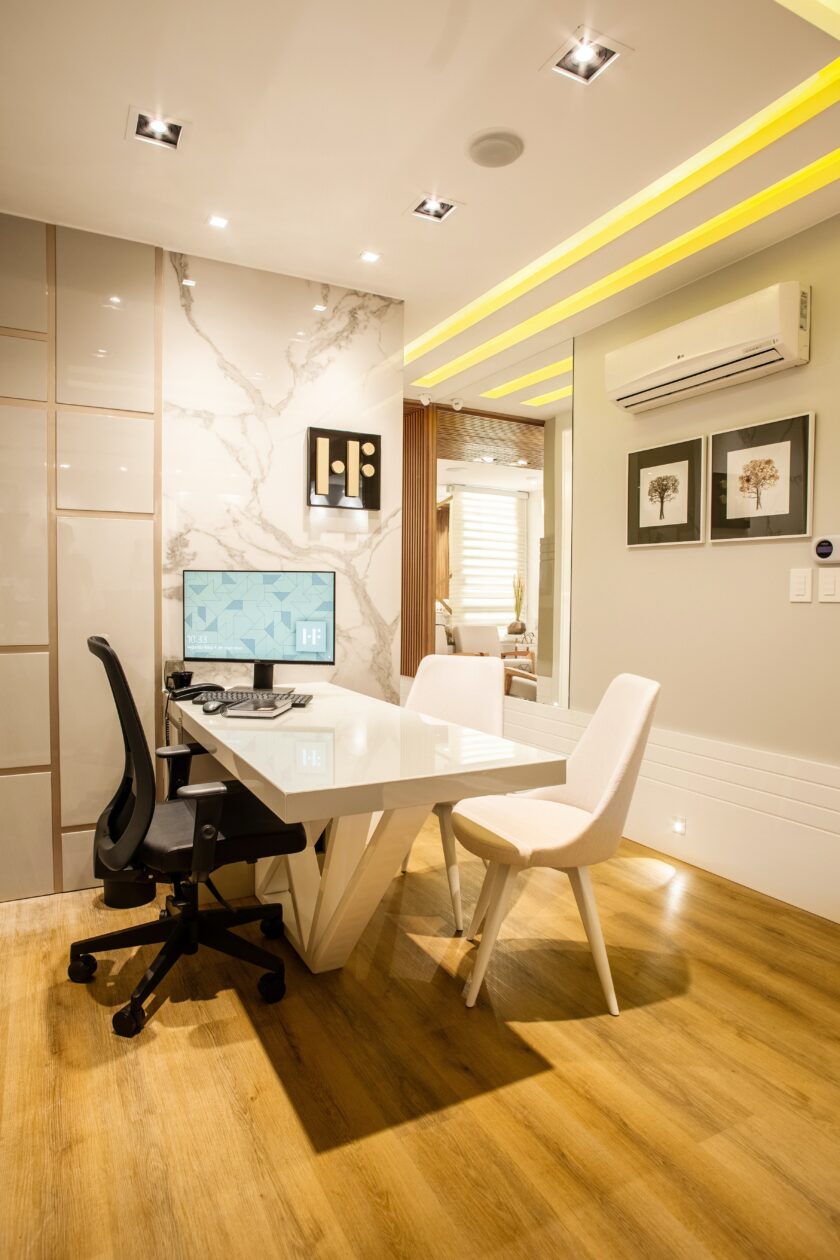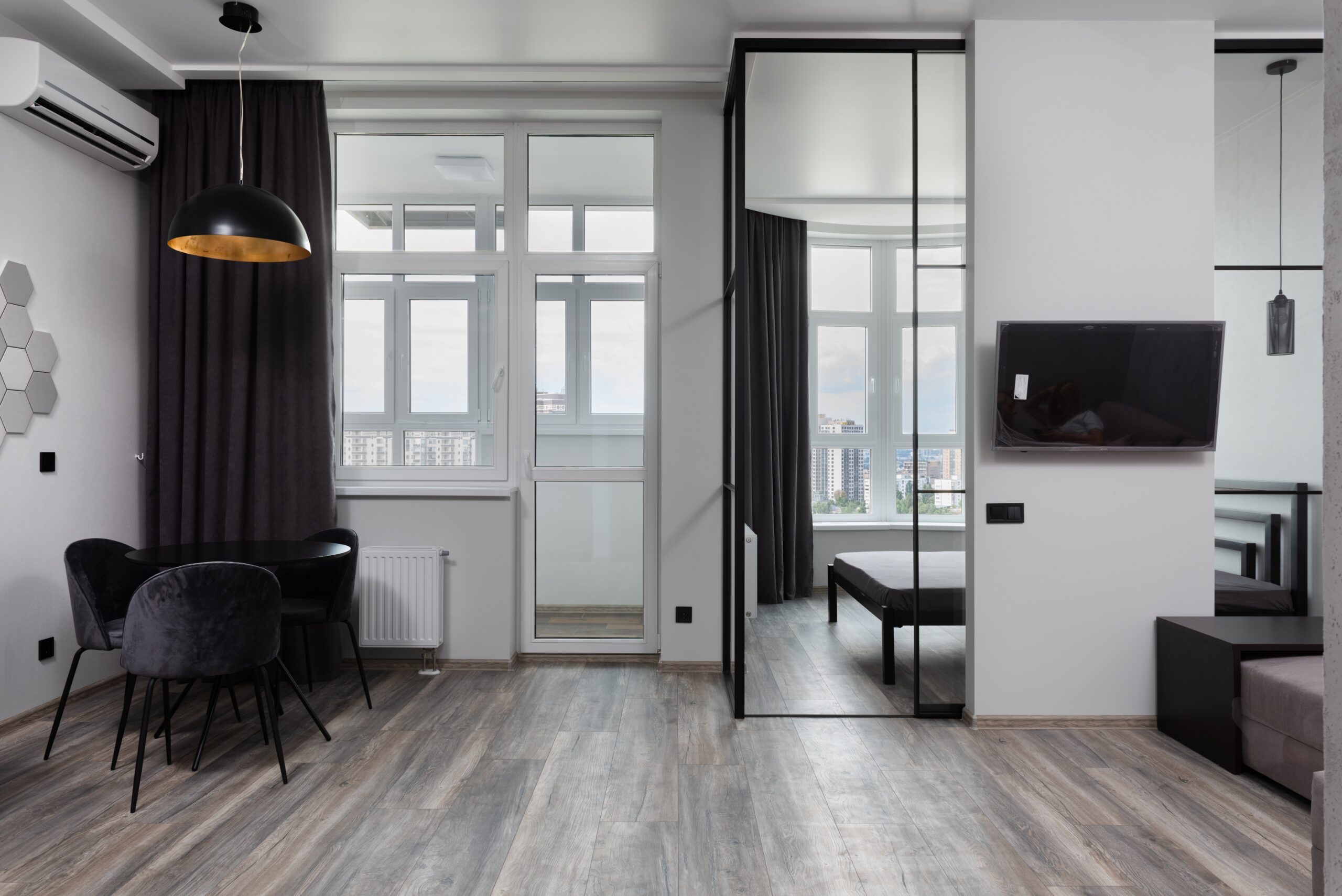Going green and energy efficiency are the talk of the town in 2021, but the million-pound question is: how can you simply convert your home to an energy-efficient space?
In January 2021 alone, UK’s electricity consumption amounted to 28.03 TWh. Air pollution, climate change, water pollution, thermal pollution, and solid waste management are all examples of environmental concerns linked to energy generation and usage.
The great news is that there are easy ways to make your home in the UK more energy efficient. Let’s take a look together with a clean air and environment expert from ByPurify – Mark Johnson!
What is Energy Efficiency?
Energy efficiency means obtaining the same result with less energy – and in the process, lowering utility bills and pollution. Many goods, structures, and buildings consume more energy than they need. Inefficiencies and unnecessary energy consumption are 2 of the most common causes of wasted energy. One of the simplest methods to reduce energy waste, while saving money, is to decrease your energy consumption at home.
5 Ways to Make Your Home More Energy Efficient
Creating energy-efficient systems in your home will cost some capital, but can save you 1000’s in the long run. Furthermore, you can leave a brilliant legacy by reducing your carbon footprint.
Here’s 5 simple ways:
Insulate Your Roof & Walls & Use an Energy Efficient Cooling System
Insulation is a highly energy-efficient way to keep your home cool in the summer and warm in the winter. It creates a barrier against heat gain and loss in ceilings, roofs, floors, and walls. It’s both cost-effective and practical to maintain your home’s temperature, cutting costs on heating bills.
If you opt for an air purifier, find an energy-efficient one, which might well be a Honeywell air purifier.
Glazed Windows
Double and triple glazed windows provide thermal insulation. This lowers the flow of heat in and out of your house. You use less energy to heat or cool your home, resulting in lower bills and a smaller environmental impact.
Light Bulb
Compact fluorescent lamps (CFLs) and light-emitting diodes (LEDs) are the most popular types of energy-efficient light bulbs. LEDs are the most common and adaptable lighting fixture, and they may be used to replace dimmable lights as well as spotlights. LEDs are also more energy-efficient than CFLs—furthermore, the lower the light bulb wattage, the less energy that’s used.
Install Solar Panels
Solar panels help to save energy by eliminating a home’s dependency on the National Grid. The electricity you consume is naturally renewable and requires less than what is produced by the grid frequently.
Computer & Power Management
First, and most simply, if you’re not using a device, switch it off both on the product and at the plug. The same goes for lights and your water heater. Ensure they are off when not being used.
When it comes to reducing the energy consumption of your computer, there are some simple tricks. Here’s a few:
- Disconnect your external devices like printers, webcams, and sound systems when they aren’t being used. Also, switch them off at the plug.
- Use a smart strip, a long stretch of electrical outlets where circuits are built to track and maximise your devices’ power usage. You won’t have to unplug your equipment when you’re not using it because you linked your PC and its peripherals (printer, speakers, scanners, etc.) to the smart strip.
- Adjust your PC’s power settings. For example, you may ensure that your hard drive and monitor go into “sleep” mode after being idle for a few minutes. You can also save energy by lowering the screen brightness.
Look for products with an excellent energy efficiency rating.
How Do Energy Efficiency Ratings Work?

All electrical equipment, such as dishwashers, refrigerators, and washing machines, must have an EU energy label to show how efficient (or inefficient) they are.
At the moment, appliances are rated on a scale from G (the least efficient) to A (the most efficient). Grade A is split into three categories: A+, A++, and A+++.
The A+ range used for top-end appliances is one of the most difficult product categories to score. The ranks are becoming less distinct because more high-ticket goods are now reaching the top end of the scale, so appliance producers are currently in the transition back to the A-G scale.
The grade of a device is determined by the amount of energy it consumes per hour. The appliance’s efficiency is calculated by its kWh (kilowatt-hours) usage.
In Conclusion
While some energy efficiency will cost you money to set up, others are completely free. If redoing your home and purchasing new appliances is not yet an option, consider being more conscious about switching off lights and electrical items when they aren’t being utilised. However, initial costs will save you money in the longrun.
Finally, in recognition of the significance of excellent insulation, the UK government has announced The Green Homes Grant. It’s part of their mission to reduce carbon emissions and help people save money on their energy bills. You’ll be able to spend up to £5,000 on various enhancements as part of the program.
Perhaps going green might just be a possibility sooner than you thought?

